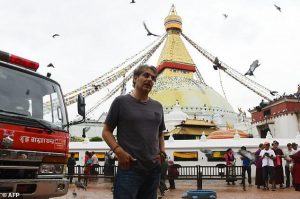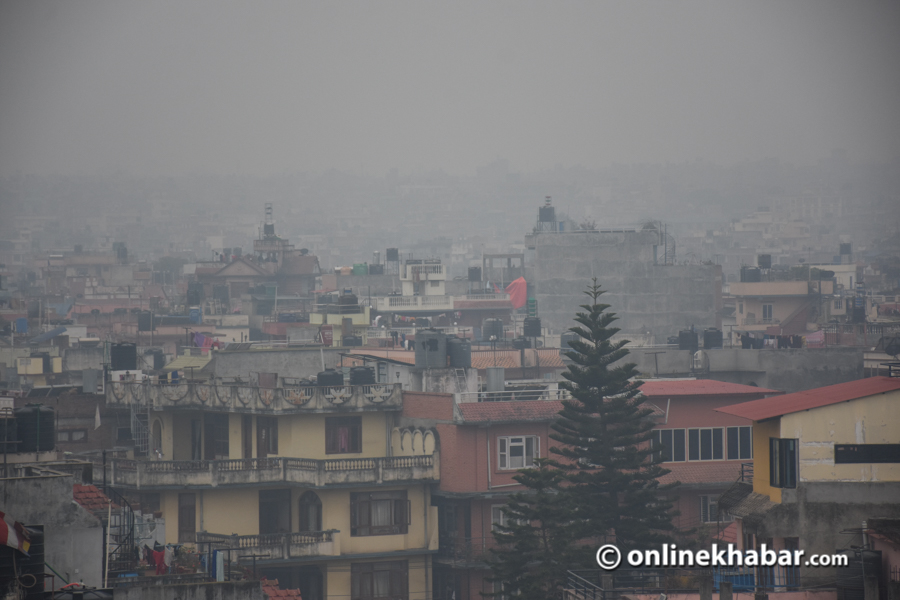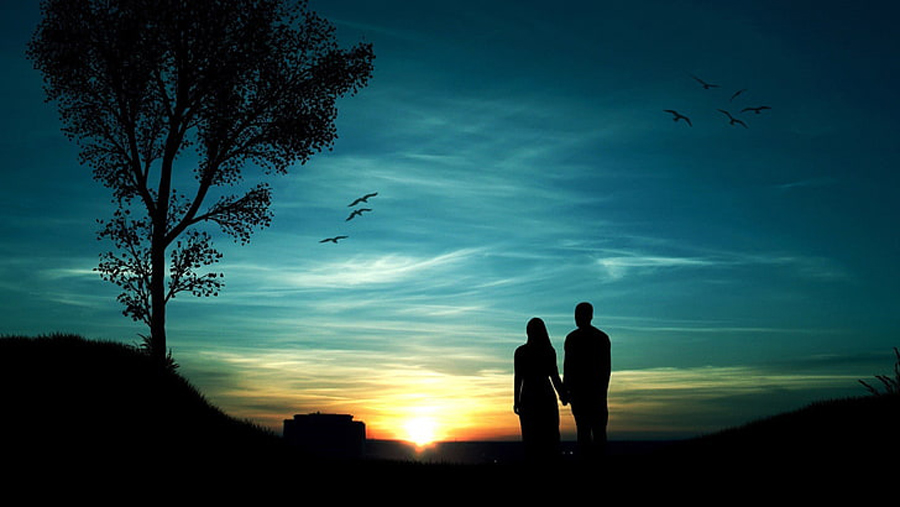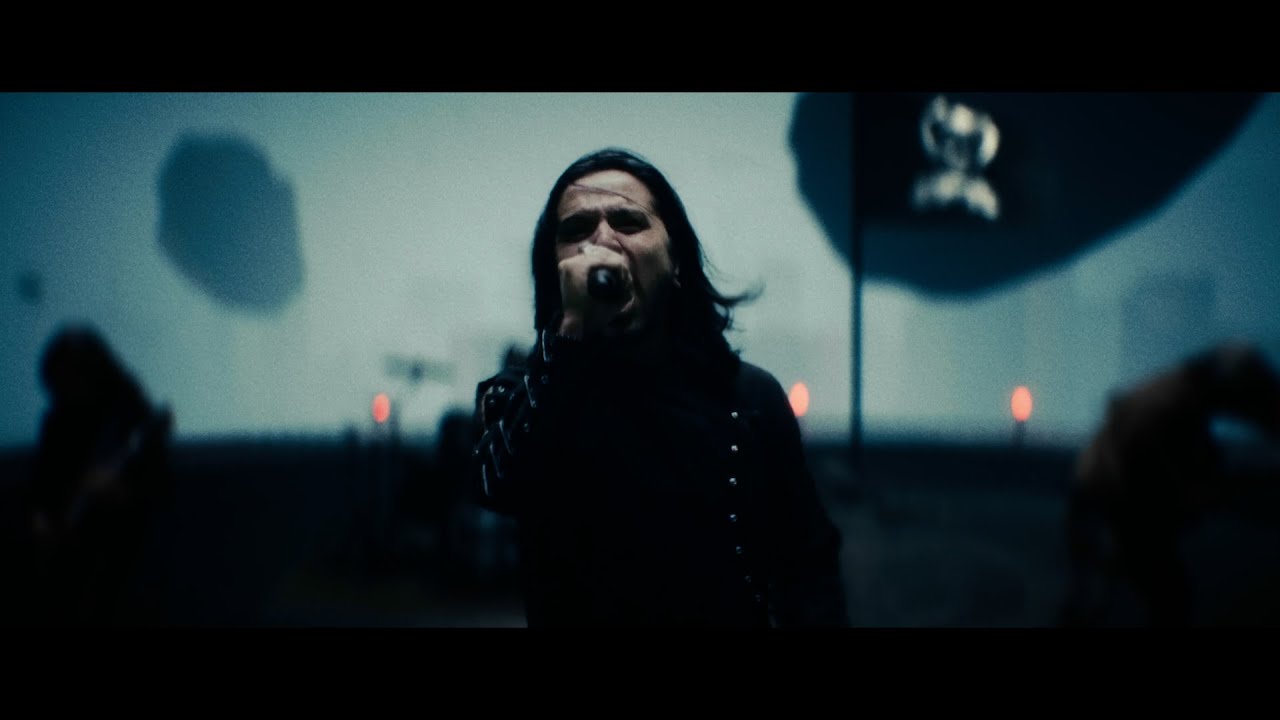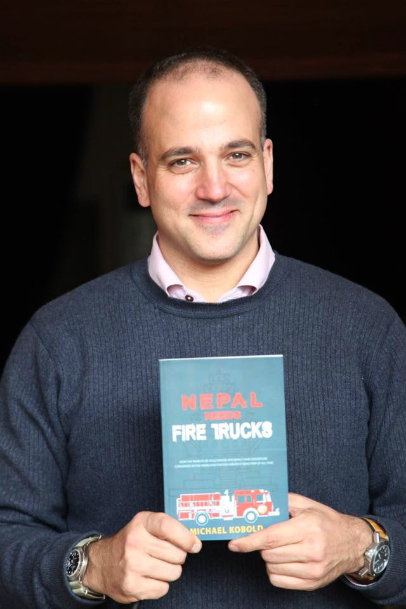
A little over half a dozen years ago, two friends decided to go on the ultimate road trip. The plan was to drive to Nepal. One of them was Michael Kobold, a renowned watchmaker. Seven years later the road trip has turned into an expedition whose members include Hollywood stars, world-famous musicians, a legendary mountaineer and Nepali celebrities.
The evolution from road trip to expedition has been painful and protracted. But it’s on track to happen in 2018.
Kobold was recently in Kathmandu to launch his book Nepal Needs Fire Trucks. He spoke to Kapil Bisht about his plan to ship fire trucks from the US to Nepal, then drive them all the way from Birgunj to Kathmandu.
Where did the idea for the Fire Truck Expedition Nepal come from?
A good friend of mine was the late James Gandolfini. At the height of his fame, because of his TV show “The Sopranos”, he couldn’t leave his apartment because people wouldn’t leave him alone. He couldn’t walk down the streets of New York without people taking his pictures. The paparazzi shadowed him. Some celebrities love that. He hated it. He wanted to come to Nepal because I had told him that the country was beautiful, the people were amazing – kind and gentle and welcoming – and that nobody would know him. Which was true—except maybe for some tourists in Thamel. He really wanted to come to Nepal.
I thought this is great. Two guys going to Nepal. Then I came across this old fire truck at the side of the road. It was beautiful. It was in good condition and on sale for a relatively small amount. Every boy wants to drive a fire truck. So I said to James, let’s take a fire truck with us to Nepal. That is when this whole thing about the expedition started. Then I contacted Scott DeLisi, who at the time was the US Ambassador to Nepal. He became a good friend. He suggested that since Nepal was due for a massive earthquake anytime, I should make the expedition about raising awareness about earthquakes. He said that I should bring somebody famous and use the publicity thus created to raise awareness about earthquakes.
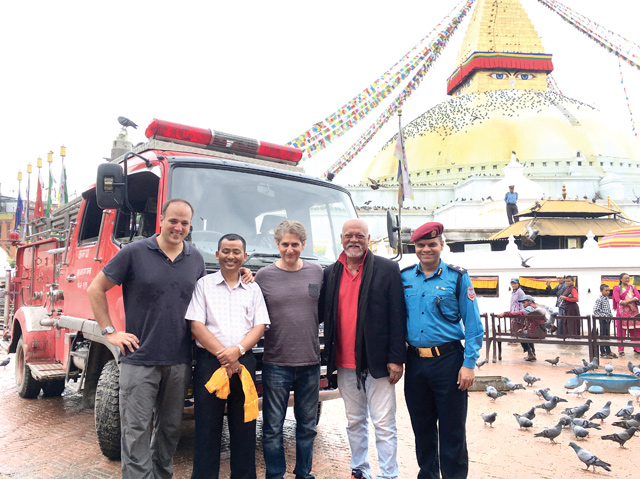
That was the plan. But then James died. I basically did nothing for eighteen months. I was depressed. Eighteen months later, I told myself that I can’t be upset forever: I need to start the fire truck expedition again.
I called up a couple of celebrities who I am close with and told them about the expedition and asked if they would come along with me to Nepal. They all said yes. And a couple of months later, an earthquake struck! Those celebrity friends were like, Oh my God! We have to go now! I said, No. Why should we do an expedition on earthquake awareness after an earthquake has happened?
That is when the government of Nepal came in and suggested I make the expedition about Nepal tourism. I decided to do it. I would bring the celebrities here, we would make a film and a TV show for Western media to promote Nepal tourism. The idea was that that would draw high-end tourists here.
We have plenty of backpackers coming here who don’t spend very much. We need big-spending tourists here, like in Bhutan. We need big spenders for infrastructure, industry and, most importantly, for the grassroots, because money trickles down. That would mean Nepalis don’t have to work in Qatar in slave-like conditions, people don’t have to sell their children to traffickers. It’s like a goose that lays golden eggs. It solves all the problems—at least the important ones.
So from two friends wanting a road trip, it grew into an expedition to help Nepal recover from the earthquake. Now we have 25 celebrities who will be on the expedition. We have ten fire trucks. We have guarantees from huge media outlets – PBS, AOL, Outside magazine – for coverage. It’s going to make national and international headlines. That’s important because Nepal for a long time, since the Maoist insurgency, has continually got negative news coverage in the West. Audiences there only hear about earthquakes, floods, Sherpas fighting with Western climbers, Westerners and Sherpas dying on Everest, Sherpas going on strike on Everest.
We only have thirteen fire trucks in the country. It’s important for the country to have more. But the fire trucks are only the wrapping paper. The real present is the international media exposure. We estimate, conservatively, 50 million people will see the expedition documentary film or hear about it on social media. That is excluding India and Nepal! That is huge PR for Nepal. You can’t pay for that kind of publicity.
We are also promoting Nepali products: tea, coffee. Think about it: if we’re helping tea and coffee growers, we’re helping the people at the grassroots.
Between now and the beginning of the expedition, will you add to your fleet of ten fire trucks?
No, we don’t need any more fire trucks. It takes too much of my energy. I’m not Jesus; I’m a businessman. Time is limited. I have to make a profit at the end of the day. I have to be able to look back and say, OK, I left my company [Kobold Watch] in tatters for a while, but now it can go back to normal again. I’m not going to do this forever. I’m going to get the fire trucks here, call it a day and move on. Other people can be motivated when they watch the programme, learn about Nepal, learn that it only has a dozen fire trucks and then maybe they can say, Oh, if Michael Kobold and his friends did it, maybe I can bring fire trucks, too.
Where are you now in terms of progress on the expedition?
We need more money. Our biggest sponsor recently backed out. So I am looking for more sponsors.
Your website says that Sir Ranulph Fiennes might not be able to join the expedition. Is that a certainty now?
We don’t know yet. He’s had a couple of incidences with his back while on other expeditions. Given his age [72], back problems can be pretty severe. So we can’t risk his health for anything. He has told us that if he can, he will join us. But it’s up in the air. Right now, I’m more concerned about getting the money for the expedition, ship the fire trucks here. Once the fire trucks are in Nepal, we can contact the celebrities and see who is actually free. We can’t guarantee 25 celebrities. They are the ones who have said they want to come, but it’s a matter of can they come, because some of them might be filming or on tour when the trucks arrive. It’s a matter of availability because they’re donating their time, they are doing it for free. It’s a very important feature of the expedition.
So how’s the fund-raising coming along?
Although our biggest sponsor backed out, we have several smaller sponsors. We just started a crowdfunding campaign, both in the US and in Nepal. The one in Nepal, we just launched. I think it should go well. But it’s always a fight. And it’s worth fighting for because it’s such a worthy cause, the entire country benefits.
What are you doing to raise funds?
I wrote a book! To get people excited about it, to show them the new fire trucks, to show some of the celebrities. And to tell the story of how the expedition came about.
Are you selling memorabilia too?
That’s for the crowdfunding campaign. We don’t want people just to donate. We don’t want anything for free. We are giving people something in return, whether it’s a book, or a challenge coin, or a hat, a coffee mug or the expedition watch.
What about your plans to build a new fire station for Kathmandu?
Yes, but that’s through the Soarway Foundation. It’s totally separate, nothing to do with the expedition.
Does that mean the new fire station project has taken a back seat for now?
It hasn’t. We’re still pushing for it. But when the fire trucks finally roll through Nepal, we can attract the attention to the derelict condition of the fire stations. It would be a lot easier to raise money then to build a new fire station.
What role is the Nepali government playing with regard to the expedition?
The government has been supporting us through the Nepal Tourism Board. Tourism is such an important industry for Nepal. It is growing again, but it’s growing with budget tourists. Nothing wrong with budget tourists, but you don’t want only budget tourists. Like a successful airliner, you want a good distribution of passengers on all three classes. If you only have passengers in ‘economy’, it’s hard to fill the plane. Likewise, we need more business and conference travellers. So we need high-end tourists.
Do you plan to bring in experts to train Nepali firefighters?
Right now, there is no place in Nepal that trains firefighters. It’s a sad fact. This is why two people died yesterday in the fire in Birgunj. There is so little training that they’re not really firefighters. We have to train those guys. We need money and trainers. We have guaranteed the government that we will bring in firemen to train Nepali firemen.
Your plans for filming the expedition?
We are going to make two programmes. One will be a ninety-minute documentary. This will be shown in cinemas and on Turkish Airlines video screens. We will also make two sixty-minute episodes for PBS and a mini-series for the BBC.
Is it true that you’re bringing some world-famous musicians with you who will do a concert when your expedition arrives in Kathmandu?
Yes, we are going to have a big party. We’ll have a benefit concert.
The Nepali media described the road you’ll be driving on up to Kathmandu as the “Highway of Death.” Do you think this kind of dramatisation is necessary even when you are doing something as noble as this expedition?
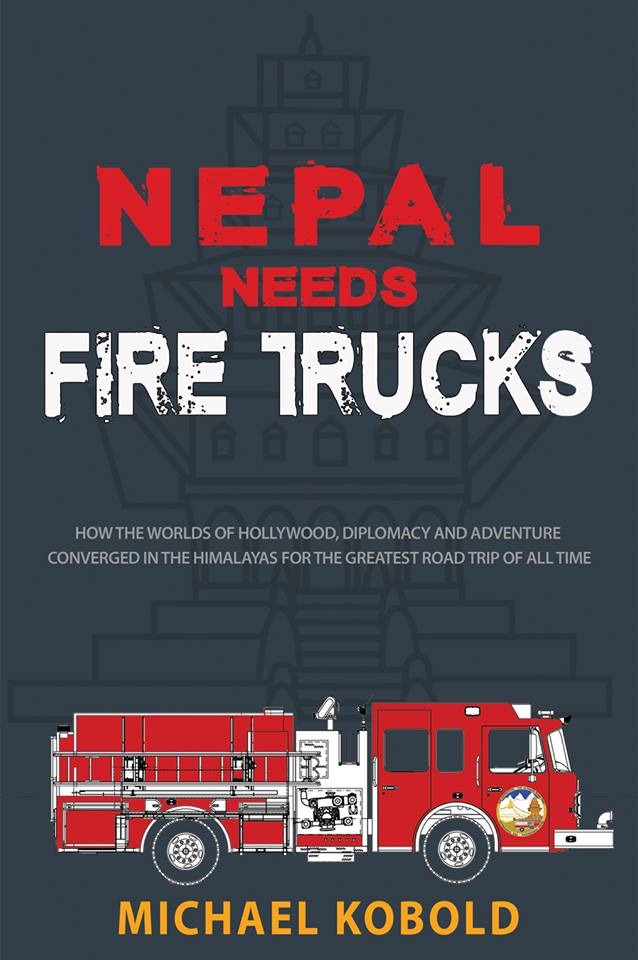
I think good drama is essential. We have plenty of good drama. Manisha Koirala came up to me one day and said, “Mike, am I expected to drive a fire truck?” I told her that she will need to because it’s an expedition about fire trucks after all. She said, “I’ve never driven a car!” So we’re going to teach Manisha how to drive, in a fire engine.
At the end of the day, the more viewers the better it is for Nepal. And people are risking their lives. These are big, heavy fire engines.
None of our expedition members has ever driven a fire engine before. So they will be learning to do so. Of course, we will have professional firefighters with us. But we want people to realise that these celebrities are not just donating their time; they are risking their lives to a degree.
There could always be another earthquake or a landslide. There could be a highway collapse. This is Nepal—anything can happen. You could have a rhino walking through your tent kill you. To us, it’s normal. We live in Nepal, we love Nepal.
We are OK. But for someone from Hollywood, who is used to zero exposure to risks, this expedition is dangerous.
You first planned this trip in 2010. You have lost two close friends – James Gandolfini and Lakpa Thundu Sherpa – between then and now. You have suffered one setback after another – earthquake, blockade – yet you never gave up on this dream. What kept you motivated to pursue this idea?
Yeah, a lot of bad things have happened. I guess it all comes down to the fact that I love Nepal. I consider myself very fortunate to be able to spend time here. It’s one of my life’s great privileges that I’ve spent so much time here and gotten to know the country and so many of its people. I appreciate some of the difficulties Nepal faces in the road ahead. This may sound self-centred – it’s not meant to be at all – but by virtue of what I do for a living and the people I know, I have access to people who a lot of people would never know. I have several celebrities in Hollywood who I can call anytime—even to ask to go on an expedition like ours! So I feel like, if not us, who’s going to do it? Nobody is going to do it. Then Nepal is left where it is.
The country is going through a great time. It has transitioned so peacefully from one situation to another. There were setbacks but overall things were managed peacefully. But there are other things that need improvement. For instance, I was at Bir Hospital the other day. It was one in the morning. There was this patient who was badly hurt but he couldn’t sleep. Why? Because there are six big, bright lights directly overhead. I asked the nurses on duty why they weren’t turning off the lights. They told me they needed the light to see the monitor on the wall. I asked them if they couldn’t install a small bulb near the monitor: that way the patient could sleep. They said that they didn’t have the money for a new light. A new bulb costs ten dollars. So the poor patient who is in the hospital to recover can’t sleep. It’s a ten-dollar problem. For ten dollars, that patient could be sleeping and recovering. It’s small things like that that I see almost every day and I think, you know, this could be improved easily. This expedition has the potential to do a lot with a relatively small investment. So if it’s just my time and energy that is required I am willing to give as much as I need to in order to get this done.
Do you think your expedition will have a snowball effect in that others will follow suit with initiatives like yours?
Absolutely. We know it will because no one has ever done anything like this before. People are going to see how much good it does. And we’re going to follow up on the expedition. It’s not going to be like: here are the fire trucks, goodbye. We’re going to follow this up a year later and make a film that will show how the expedition impacted Nepal. How many more tourists came within two years? How many more fire trucks came as a result of this?
What role would you like to see Nepalis playing in this effort?
That’s not for me to say. It’s your country. I meet so many Nepalis who have achieved wonderful things simply by putting their minds to it. You don’t need my opinion; you guys have your own opinions. The youth of Nepal is so strong. I always say that the youth is Nepal’s biggest potential, which, sadly, hasn’t been tapped yet. Nepal’s youth should always believe in itself. It should listen to its inner voice, and go for it. My message to Nepalis is: You don’t have to buy into this concept of white people needing to come and save you. That is not our role. I just love Nepal so I decided to do something small, and it snowballed. The government came in, individuals stepped in to help. Similarly, the youth could start holding people to account and asking why their cities don’t have proper fire trucks or trained firemen. The youth of Nepal needs to ask more questions. They have all the power. They just need to exercise it.




